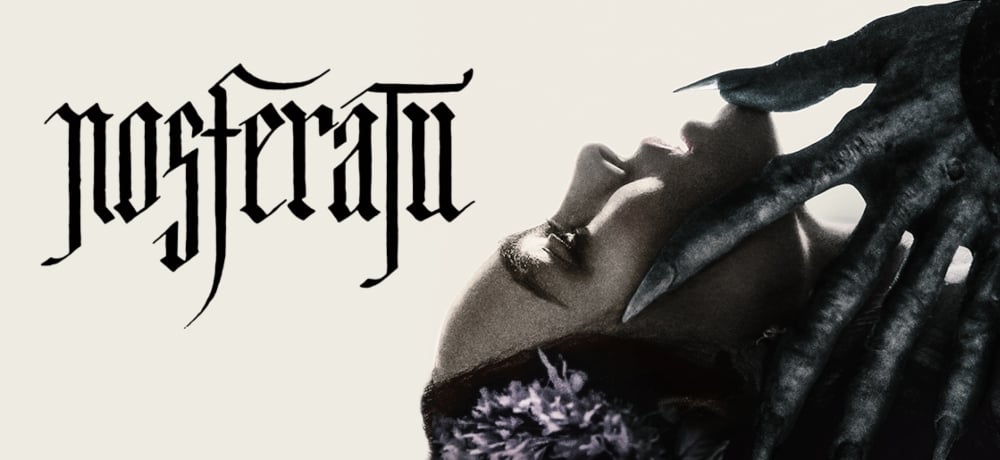Forgotten John Carpenter Thriller Is His Ultimate Unsung Masterpiece


John Carpenter is a filmmaker whose work has often taken time to find its audience. Yes, the Master of Horror has had a few films that scored at the box office. But he has had just as many that didn’t immediately connect. The Thing barely recouped its budget during theatrical exhibition, and Big Trouble in Little China didn’t find an audience until after its home video release. So, perhaps it’s not surprising that Prince of Darkness remains somewhat under-seen amongst the prolific filmmaker’s storied catalog.
Though it may be less celebrated than some of Carpenter’s more prominent works, Prince of Darkness is nonetheless a noteworthy offering. The film serves as a chilling spin on Christian mythology that features a sinister score, boundless creativity, and one of the most surprising onscreen interpretations of the Dark Lord to date.
Prince of Darkness follows a group of physics students working toward their Ph.D. When their professor presents them with the opportunity to participate in a mysterious research study in an abandoned church, each accepts. However, what the scholars do not initially realize is that the research they will be conducting revolves around an ancient evil of Biblical significance. Before the students realize precisely what they are up against, they find themselves trapped in the house of worship with no apparent means of escape.
The film features a solid premise that is put to great use. The idea that the researchers don’t realize just how advanced the evil has become until it’s too late helps to raise the stakes for the viewer. We are left to watch in horror as the unsuspecting scholars eventually come to realize what they are actually up against.
The film lends an extra air of authenticity to the proceedings by featuring scientists in the lead roles. Science people are known to be skeptics. So, if they are convinced that there are supernatural forces of a Biblical nature at work, that drives home the reality of what’s unfolding even more. It’s easier to dismiss the experience of someone predisposed to belief. But when a room full of cynics begins to buy in, that raises the stakes exponentially.
Also, raising the stakes is a jarring score. In typical Carpenter fashion, the flick has effective musical accompaniment. The synth portions of the score have Carpenter’s fingerprints all over them. The orchestral portions are equally as effective and are occasionally accompanied by vocalizations that sound vaguely like hymns but far more sinister—considering the film’s themes, that makes for a fitting choice.
Also Read: John Carpenter Has Violent Wish For Critics Of His Overlooked Masterpiece: “I just want to spend five minutes with each one in a room”
Fans of Carpenter’s work will be pleased to know that the flick features several of the celebrated director’s frequent collaborators. Victor Wong (Big Trouble in Little China), Donald Pleasance (Halloween), Susan Blanchard (They Live), and Dennis Dun (Big Trouble in Little China) all appear.
Although he isn’t a frequent Carpenter collaborator, Alice Cooper’s presence in the film is still noteworthy. He doesn’t get a ton of screen time, but he makes the most of what he’s given. The iconic musician is imposing in his portrayal of a transient man afflicted by dark forces. Cooper’s physicality and ominous mystique blend nicely with the film’s darker thematic elements.
Onscreen talent aside, the level of creativity on display here is nothing short of exceptional. The sequence where a character reanimates and then disintegrates into a pile of beetles is nightmarish and visually striking. The scene probably wasn’t terribly costly to render. But the way it’s edited and the accompanying sound design make it highly effective.
Also compelling is the picture’s unorthodox take on the onscreen depiction of possession. The possessed don’t scream obscenities or projectile vomit like we often see. But that doesn’t make the proceedings any less intense. In fact, I quite prefer the more understated approach Carpenter implements here. Those afflicted become like automatons for evil.
The picture scores additional points for an equally unconventional depiction of Satan. The physical presentation of The Dark Lord is brilliant. Carpenter eschews traditional portrayals of a Devil in a red suit, carrying a pitchfork, for something far more sinister. He uses Christian mythology as a jumping-off point and then imagines an evil beyond our wildest dreams. But instead of taking human form or the shape of an animal, evil exists only as an element that can take possession of those with whom it interacts.
On the whole, Prince of Darkness is a chilling supernatural horror film that delivers a great cast and often subverts convention. In spite of that, the picture still seems to fly under the radar, even for some Carpenter fans. If you haven’t seen it, I hope you will give the flick a chance. And if you didn’t connect with it the first time, I hope I can convince you to give Prince of Darkness another shot.
Categorized: Editorials





